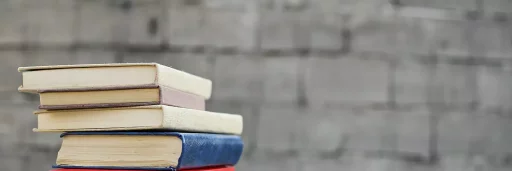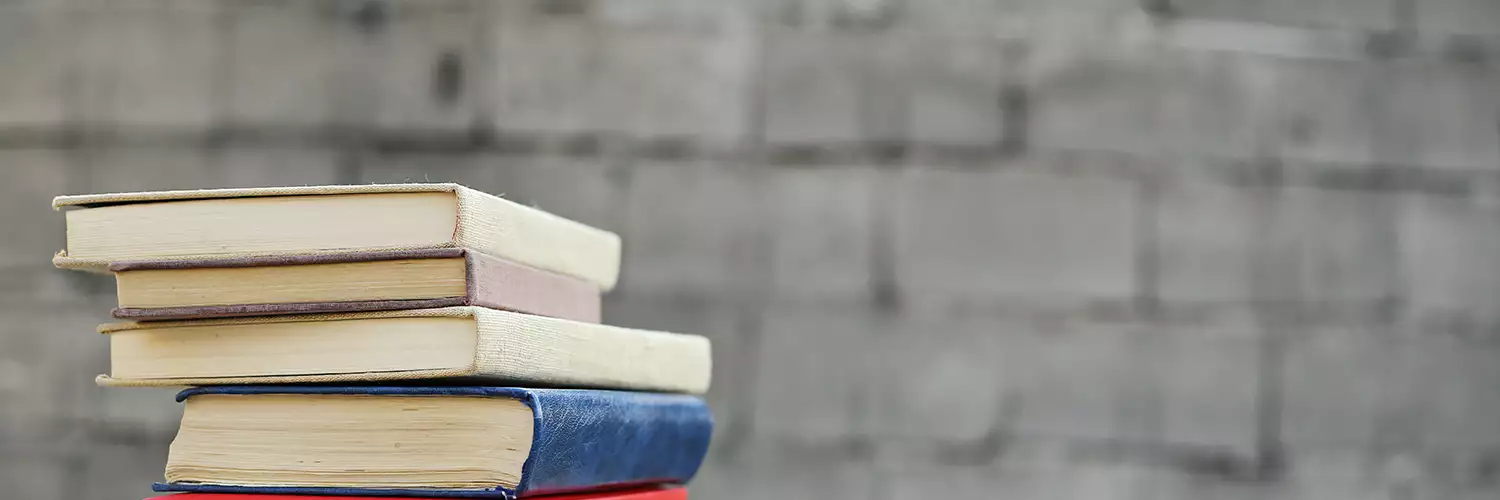Introduction to Production Possibility Set
The production possibility set (PPS) is a key concept in economics that illustrates the various combinations of two goods or services that an economy can produce using its resources efficiently. It reflects the trade-offs and opportunity costs involved in the production process.
What is the Production Possibility Frontier?
The production possibility frontier (PPF) is a graphical representation of the PPS. It typically curves outward, indicating that as an economy produces more of one good, it must sacrifice increasing amounts of the other good due to resource limitations.
Understanding Opportunity Cost
Opportunity cost is one of the core principles illustrated by the production possibility set. It represents the potential benefits an individual, investor, or business misses out on when choosing one alternative over another. When resources are reallocated towards the production of one good, the economy must forfeit the production of another good.
Graphical Representation
The PPF is usually drawn on a two-dimensional graph where the horizontal axis represents one good and the vertical axis represents another. Here’s what you need to know:
- Points on the Curve: Represent efficient production levels.
- Points Inside the Curve: Indicate inefficiencies in production.
- Points Outside the Curve: Are unattainable with current resources.
Example of the Production Possibility Set
Consider a simple economy that can produce only two goods: cars and computers. If the economy operates efficiently, the production possibilities might look as follows:
- 10 cars and 0 computers
- 8 cars and 6 computers
- 5 cars and 10 computers
- 0 cars and 12 computers
These combinations reflect the trade-offs the economy faces. Choosing to produce more cars means producing fewer computers, illustrating the opportunity cost associated with the decision.
Shifts in the Production Possibility Set
The production possibility set can change due to various factors including technological advancements, resource availability, or changes in workforce productivity. To illustrate:
- Technological Advancements: Improvements in technology can increase efficiency and expand the PPF outward, allowing for more production.
- Resource Depletion: Over time, if resources become scarcer, the PPF may shift inward.
Case Study: The Agricultural Sector
Consider an agricultural economy that can choose between producing wheat and corn. Initially, the resources like land and labor allow for a PPF that shows a trade-off between the two crops. If new farming technology is introduced, the PPF shifts outward, demonstrating the new capacity to produce both more wheat and more corn.
For instance, before the advancement, the maximum production was 100 tons of wheat or 80 tons of corn. Post-innovation, the economy can produce a maximum of 120 tons of wheat or 100 tons of corn, showcasing a significant productivity gain.
Statistical Insights from Real Economies
Data from the World Bank suggests that countries that consistently invest in technology and education show a shift in their production possibility frontiers. For example:
- In the United States, productivity improvements in agriculture have resulted in producing double the output while using less arable land over the last 50 years.
- Countries in sub-Saharan Africa have shown varying PPF expansions based on different levels of investment in agricultural technology.
Conclusion
Understanding the production possibility set is crucial for economists and policy-makers. By analyzing the trade-offs and opportunities, they can make informed decisions that promote economic efficiency and growth. The PPS serves as a fundamental tool for visualizing the limits of production and the necessary sacrifices involved in economic choices.





